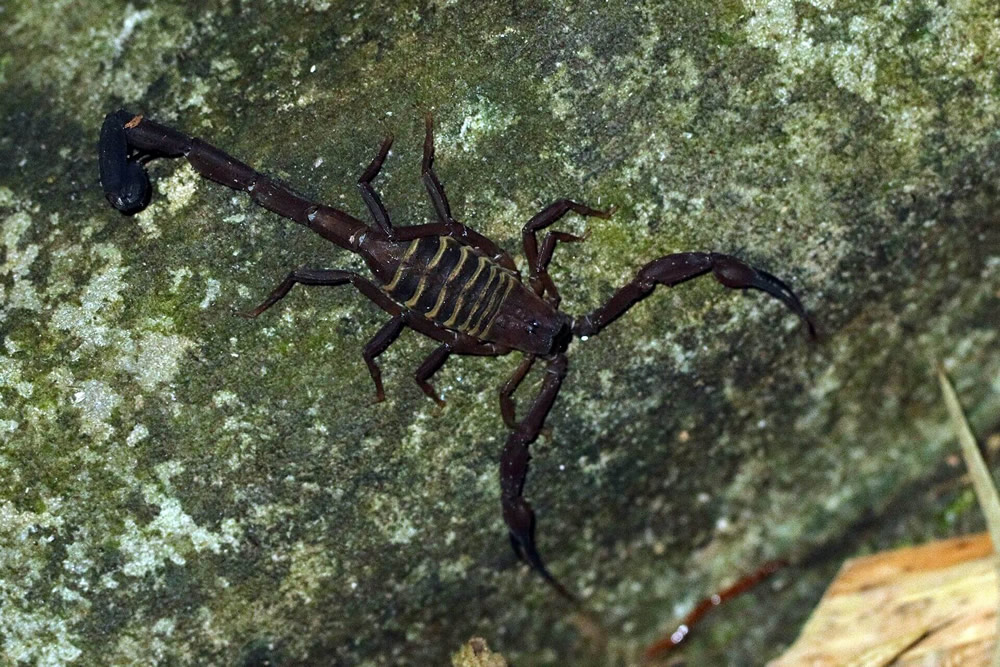The Good, the Bad and the Ugly
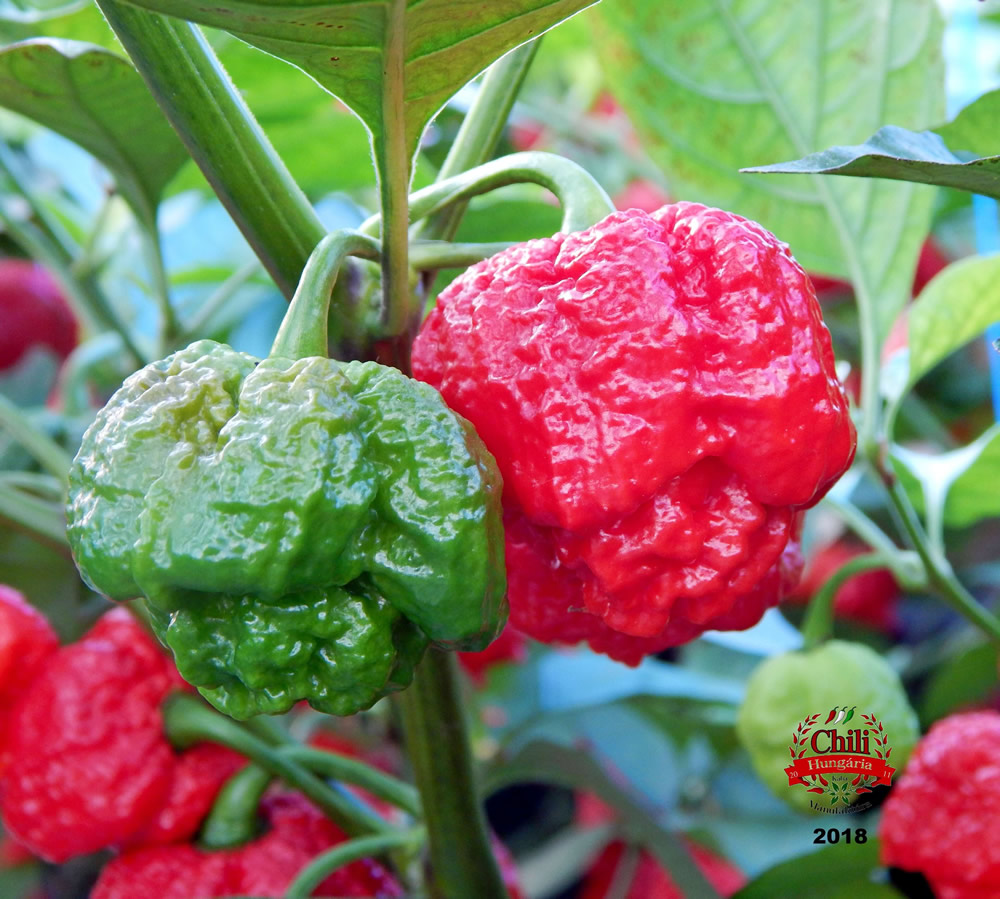
Trinidad Moruga Scorpions
The Caribbean Trinity!
No, no! This is not a traditional chili presentation! So many have already done that, and honestly, I’m a bit tired of it. Let’s approach a pepper’s characteristics from a different angle! This, the Trinidad Moruga Scorpion chili, is a super strong variety. I’ve already dealt with SHU numbers in my previous writings, there are also many different data here. Even Paul Bosland wrote that they (NMSU) measured an average of 1.2 million SHU, but there were samples above 2.0 million in some strains.
It supports what I’ve been saying for a long time, that the strength (capsaicin content) of the same variety of chili is not constant, not uniform, even if they are grown on the same area or picked from the same plant! The spiciness depends on about a thousand things, let’s accept this quietly! (There is an ongoing cultivation experiment where individuals from the same population are taken from different places in Europe, geographically and climatically different, and then examined. Results are expected later)
Perhaps because of my age, or because I bathe in chili from January to December, I am more interested in the history of the variety and, in my opinion, the non-standardized shape so far.
1. Trinidad
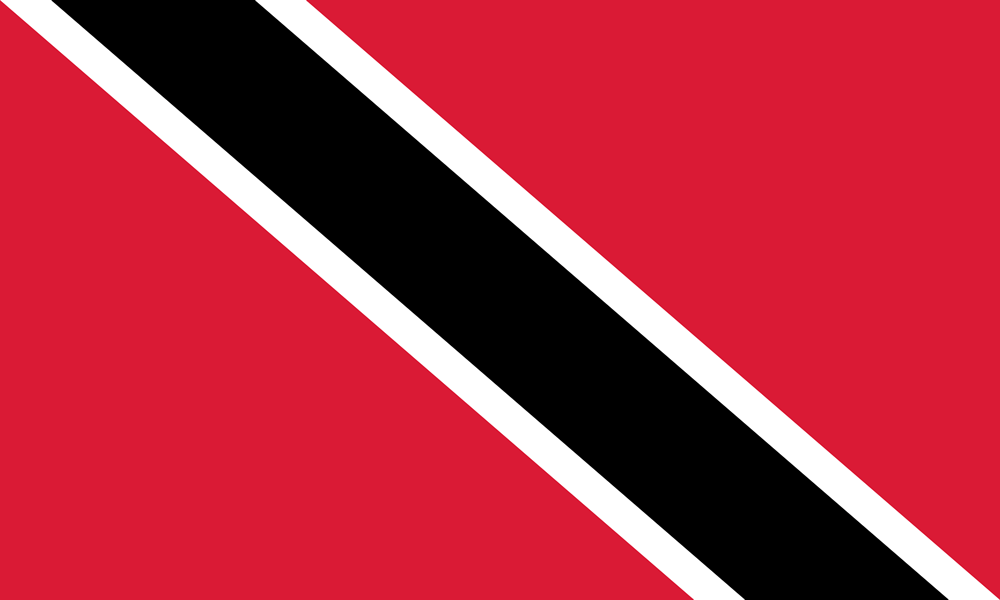
Flag of Trinidad & Tobago
Trinidad is officially known as the Republic of Trinidad and Tobago. Christopher Columbus discovered the island on July 31, 1498, and named it Trinidad, after the Holy Trinity (in Spanish). The island was first a Spanish colony and later became a British colony, as is often the case in world history. Trinidad was independent since 1962. Trinidad is also known for being one of the first countries to adopt the reality TV show format, in 1990, a radical group called Jamaat Al Muslimeen, led by Yasin Abu Bakr (also known as Lennox Philip), attacked the Red House (the parliament building) and the country’s only television station broadcasted the government’s five-day captivity live. Currently, Trinidad and Tobago is one of the most stable and thriving democracies in the Caribbean region, and its national dish is a rice and meat dish called pilau. Amen!
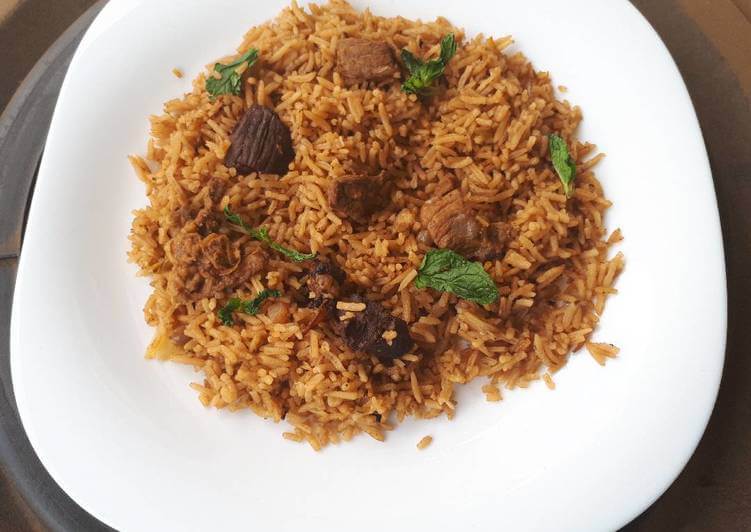
Trinidad rice & meat – source: cookpad.com
2. Moruga
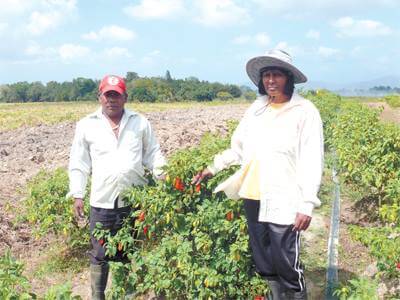
Source: The Trinidad & Tobago Guardian
In 2012, the first publication was found about a cultivation experiment that was being done in the USA. Due to the date of the article, which I believe was in February, this likely occurred in 2011, so these varieties were discovered or found before 2010.
Ignoring the idea that some well-known (typically American) growers wanted to gain media attention, the story could not be taken in the direction of American breeding, since it would have gotten as much criticism as the famous/infamous Carolina Reaper. Therefore, until 2016, we can talk about a spontaneously cross-bred local variety, whose location of discovery (you will not guess) is Trinidad and Tobago!
Then it happened that in 2016, a local farmer named Wahid Ogeer from Trinidad appeared and told the Trinidad & Tobago Guardian that this noble variety is his offspring!
Although the picture quality is poor, the pepper in the picture does not look like the known Moruga shape, but „a small flaw in a beautiful woman does not matter!” The history of the variety is not well researched, so there may be exaggerations, and misunderstandings, whether accidentally or deliberately.
Why Moruga?
I read in several places that it’s called Moruga because it was “discovered” in Moruga province.
Well, please everyone calm down! There is no Moruga province in Trinidad!
There is, however, a city called Moruga. Or a village. Let’s call it a city. It’s located in the south, in the middle of Trinidad Island.

Moruga! There it is!
There is also a museum there! I love museums! It’s a local history collection, but never mind!

The Moruga Museum. There seem to be peppers in the small garden! Source: Google Maps

If I ever get here, I will definitely check this out! source: Google Maps
This hole in the chair, with a billy under it, must be of great value, as four pictures of it have been uploaded to Google Maps!
I couldn’t find any information about the pepper in Moruga, maybe it’s not as big a deal there as it is around the world. Etymologically, this would make sense as well, since if a pepper develops in Moruga, the people of Moruga would not call it the Moruga pepper, but if they sell it or someone takes it somewhere else and they are asked where it’s from they would answer: Moruga! So from then on it becomes the Moruga pepper. Perhaps you understand what I am trying to convey! There is a rule of thumb in etymology that something generally gets its first, oldest name from the place it comes from. Scottish whisky, French champagne, etc., etc. Therefore, there may be some truth in the Moruga location regarding the origin of the pepper. It doesn’t help the assumption that Mr. Wahid lives on the other side of the island, but in this case, it only means 40-50 km. He has a 25-hectare farm somewhere between Chickland and Caparo. According to him, that’s where the miracle happened. Let it be that way!
…let’s continue the story, …
2007 the Bhut Jolokia was the Guinness record holder as the world’s hottest pepper, until 2011 when the less well-known and respected Infinity took this title. I think there’s one more record that belongs to the Infinity, that is, it held this title for only two weeks because the Naga Viper dethroned it.

sources: pepperscale.com, pepperseedz.eu, thehippyseedcompany.com
Infinity. We can’t find two identical houses here either. But that would be another story, let’s leave that for now!
The 7 Pot Jigsaw (pepperseeds.eu) and Trinidad Scorpion Butch T (thehippyseedcompany.com) I don’t have to tell you that there are almost as many shapes as there are pages you look at. I may be exaggerating a bit, but it can be confusing!I believe that Trinidad variety chili peppers, known as Trinidad Scorpion Butch T, had already leaked into the United States before 2010, since it became a record holder in 2011 and had been grown and/or bred by Butch Taylor before that, however it remained a Trinidad variety. Therefore, the Trinidad trio, 7 Pod, Scorpion, and Moruga, could have escaped confinement around 2008-2009.
“Allegedly, the 7 Pot or 7 Pod gets its name because one pepper can make seven pots of soup spicy!”
I’ll quickly get past the small detail that the Trinidad and Tobago chili pepper catalog made by the Trinidad CARDI (Caribbean Agricultural Research and Development Institute) has a completely different photo of a completely differently shaped pepper than any images found on any website in the world, starting with the NMSU Chili Pepper Institute’s relevant photos! Let’s not try to solve this! I should mention that the whole chili history is full of such “minor” contradictions!
The Caribbean Agricultural Research and Development Institute pepper catalog! You won’t find a Moruga of this shape anywhere on the internet! source: cardi.org What is the name of this shape? In the descriptive variety lists (that I have access to), I couldn’t find a definition for this shape, as, as I mentioned above, it is not clearly defined in the local CARDI either.
Cataloged pepper shapes based on the OMMI descriptive variety list. source: regi.tankonyvtar.hu I didn’t get much smarter from this! source: International Plant Genetic Resources Insttitute, researchgate.net The Moruga shape …isn’t that strange? It is clear that the rib is much shorter than the fruit wall (exocarpium)! For some reason, the fruit wall is turned back and wrinkled.
The rib is longer than the fruit wall (exocarpium) It may be visible that the rib fills the space created from the straight contour of the seed cavity facing the inner fruit wall (endocardium) in a normal, straight line without wrinkling, just the right size.
There is no special wrinkling on the rib The berry becomes distorted during growth I was taught that the fruit, when it first develops, already looks like the future fruit. For this variety, you need a good imagination at the beginning! I cut a fruit in half and put it back together in reverse! I think it looks quite similar to the Scorpion!
Cut and reassembled Multiple shapes on one plant. Moruga on the left, Scorpion on the right. Trinidad Scorpion from the Trinidad catalog A plant can have multiple fruit shapes! I don’t know if this has anything to do with the formation of the berry shape, but it’s fun for me to play around with it!
It is for these reasons of the different shape variations within one plant that I do not rule out (but cannot prove) that the Trinidad Scorpion and the Trinidad Moruga Scorpion are in close and close relationship with each other. This is of course also supported by the place of their discovery, which is an island, thus excluding crossbreeding by pollen from other sources such as insects imported from far away. On the other hand, the island is so small that it is not excluded that everything is in close relationship with everything else, like inbreeding. The terrain is varied, with a mountain range that runs in an east-west direction and practically divides the country in two. This natural obstacle can lead to the formation of different mutations, as the founding effects can be significantly different on the northern or southern side of the mountain range. These are only fiction, speculations.
Trinidad & Tobago It is possible that one of the other native varieties and the Scorpion have crossbred to produce the Moruga. For example, Faria and Bejucal could also be considered, as they are round-shaped and also super hot.
The Scorpion could have cross-pollinated with these as well! …or not! source: cardi.org These are all just speculations, the solution could be proven by genetic studies, but is there a need for these studies at all? Only the one who pays for it can answer this question!
The answer I get everywhere is that the shape of the fruit’s tip is similar to a scorpion’s tail… but do they have scorpions in Trinidad? Allegedly, yes, several types, one of which is particularly dangerous.
Tityus trinitatis scorpion; commons.wikimedia.org Thank you for reading through! I also appreciate it if you can share this with others!
If you need anything spicy, we offer a wide variety in our online store! Click here!
The photos that are not marked are the property of the author! All rights reserved!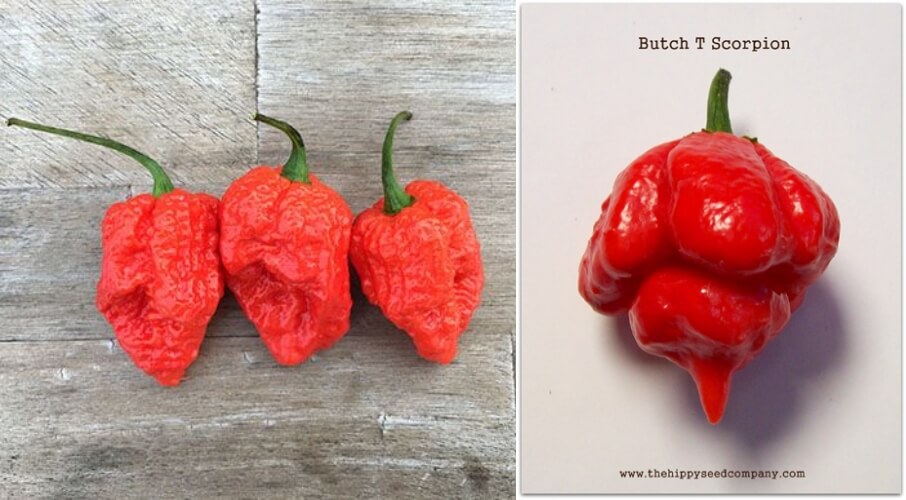
The shape of the Moruga is what makes it truly unique!
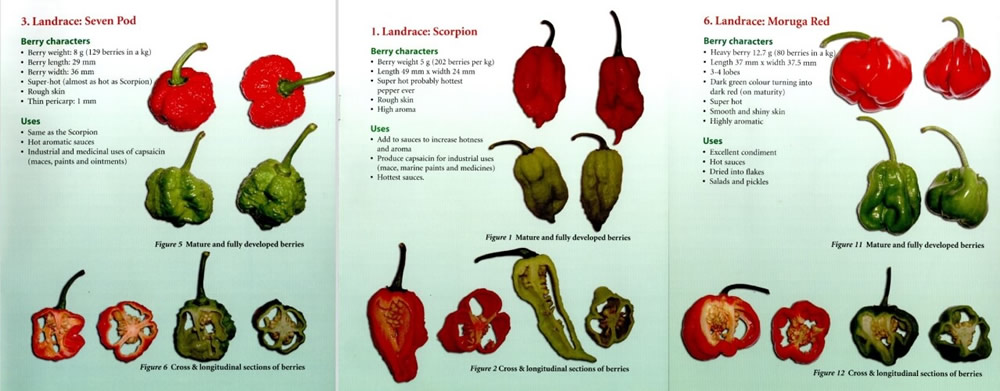
The typical shape of a Moruga pepper
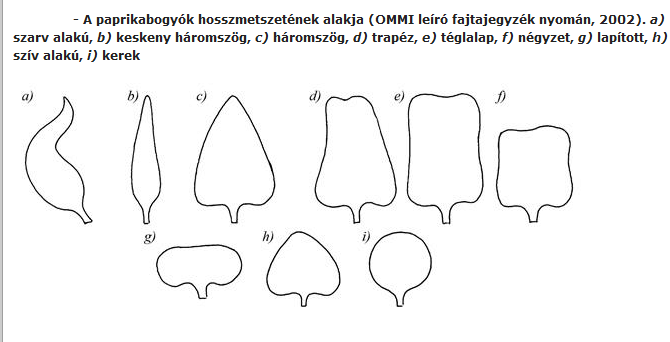
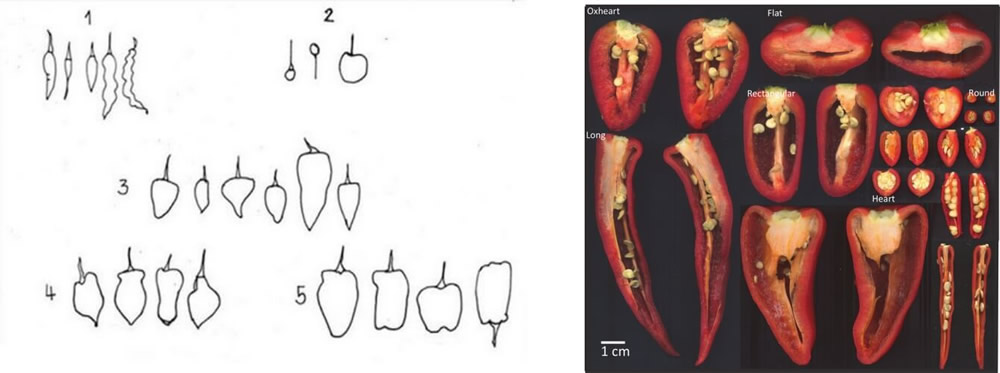
With no better option, let’s call it the Moruga shape.




The formation of the wrinkling.
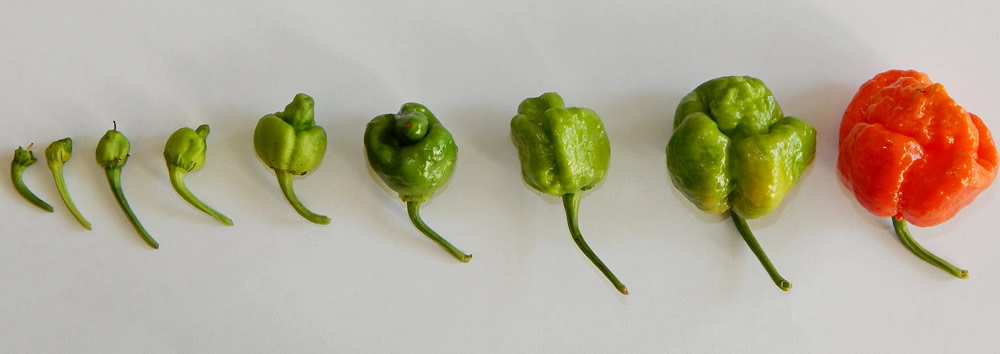
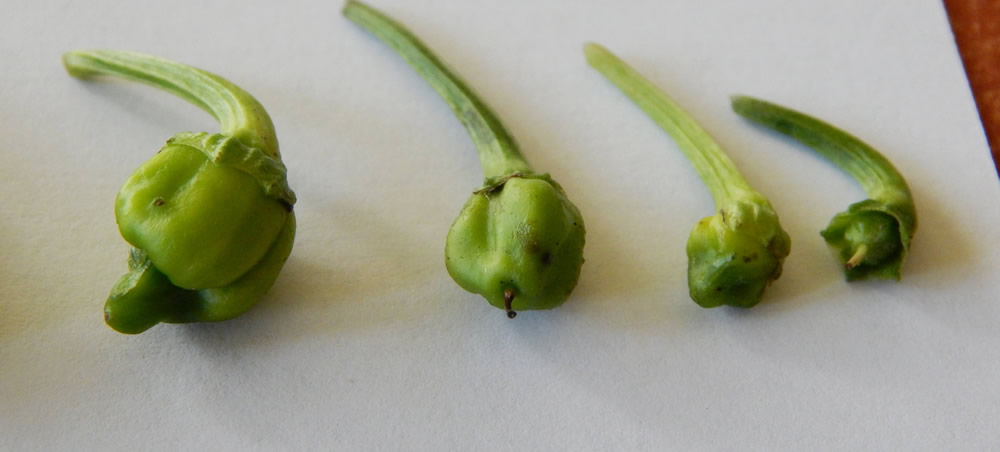
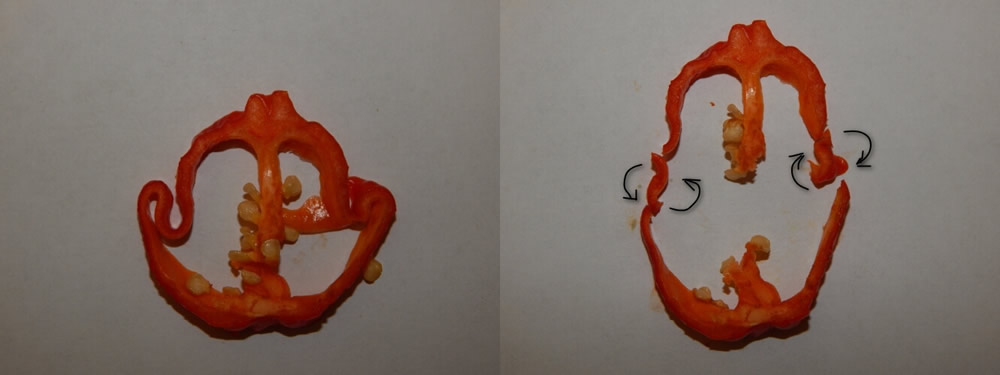

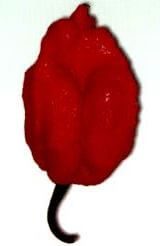
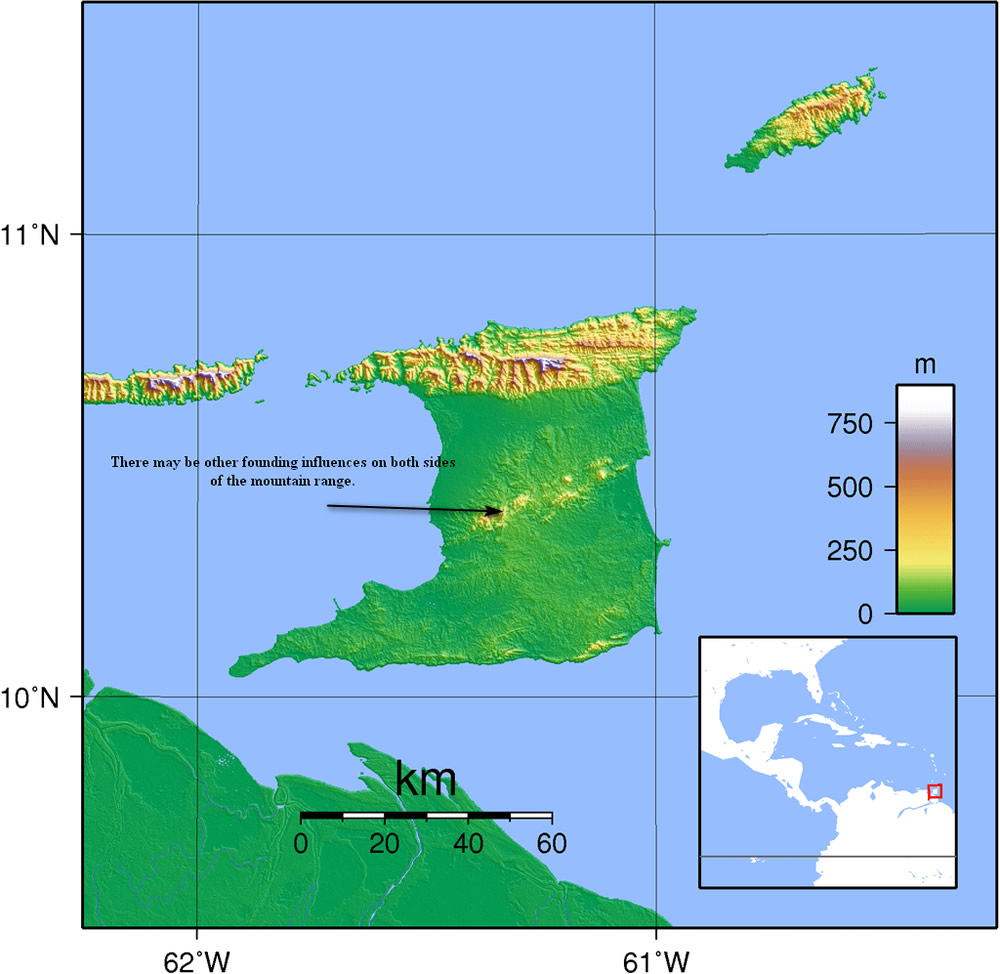
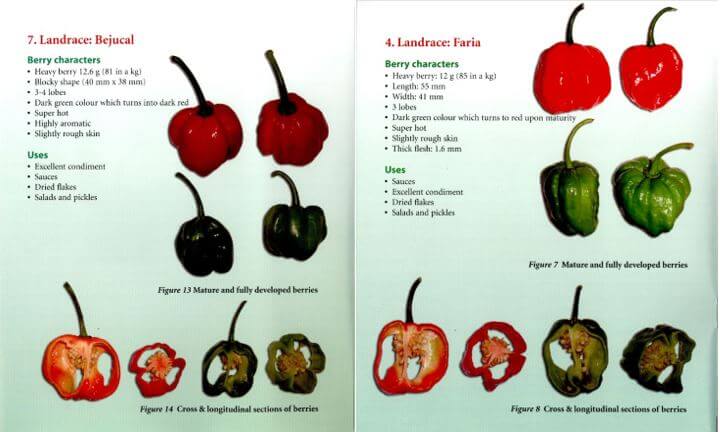
3. Why Scorpion?
